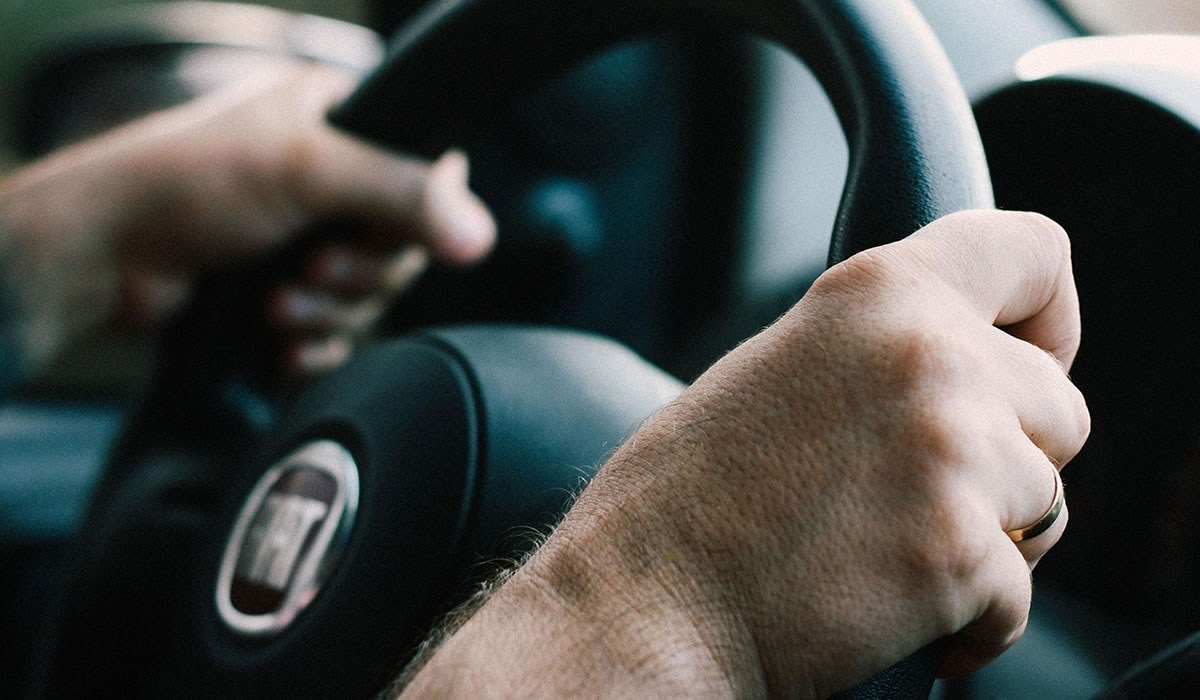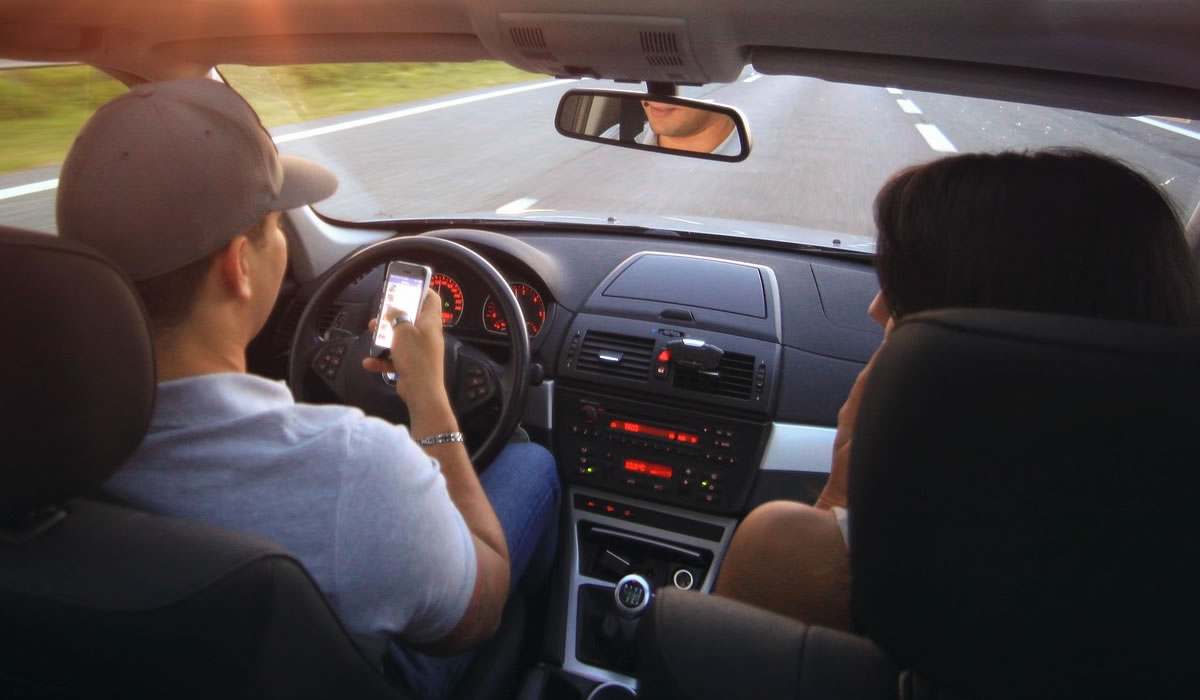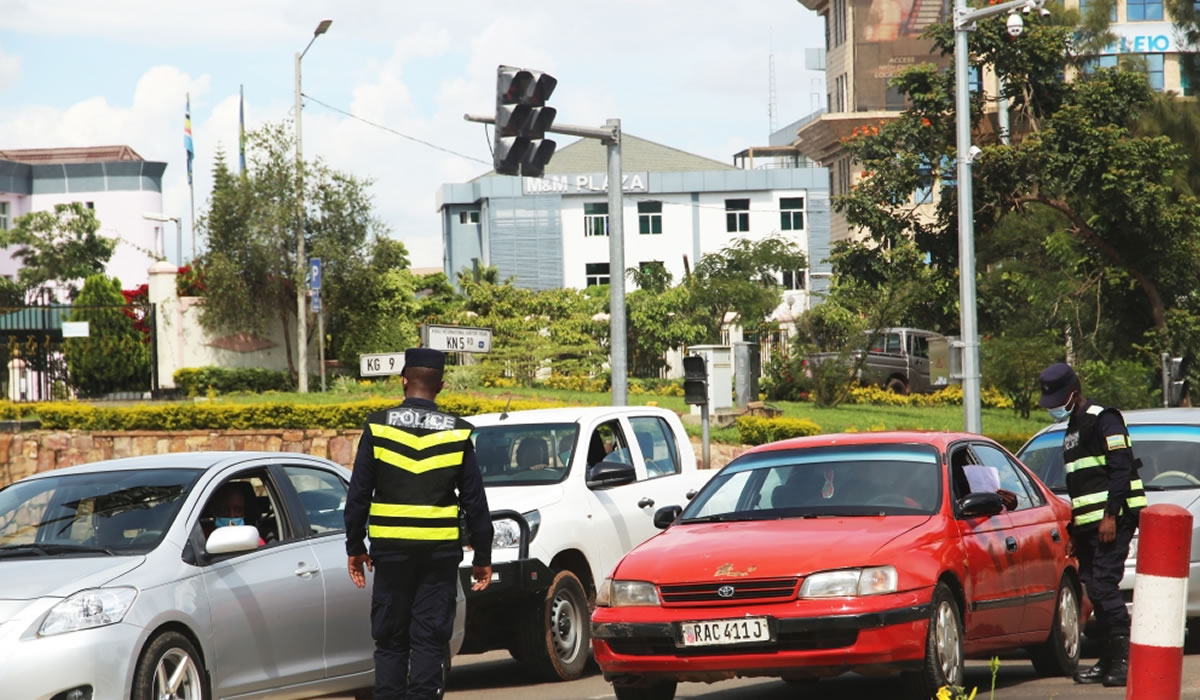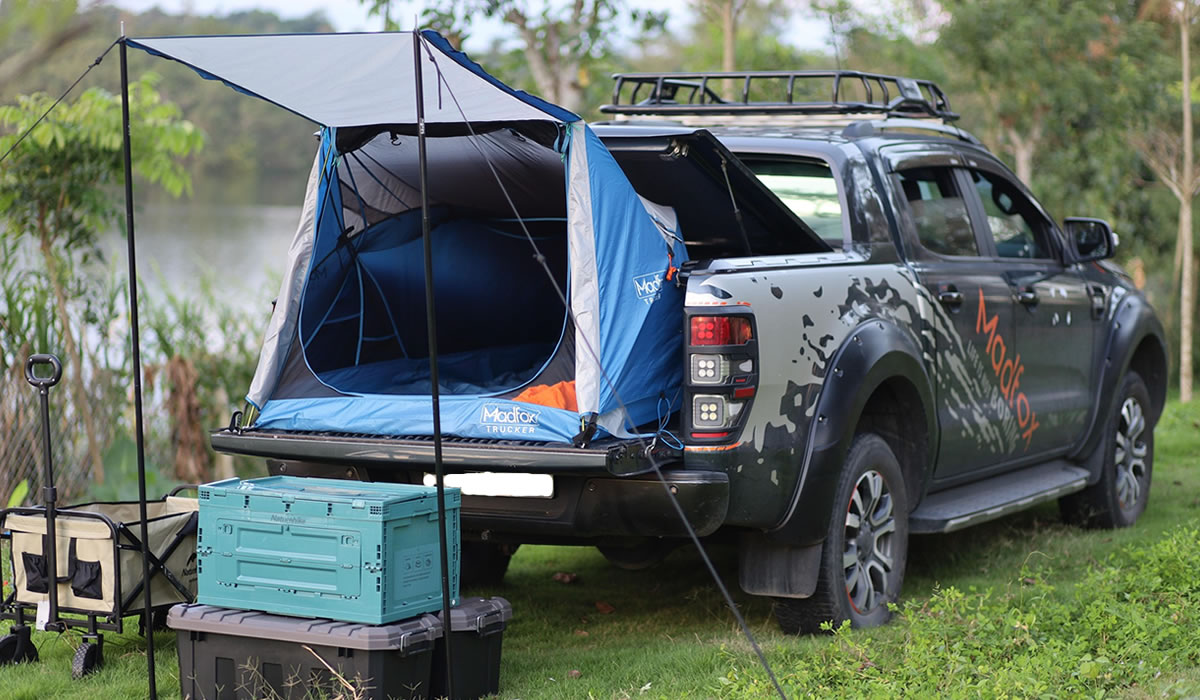Rwanda is a breathtaking travel destination that offers stunning landscapes, rich culture, and diverse wildlife…

Useful Tips When Driving in Rwanda
Rwanda is one of Africa’s most scenic and safest countries to explore by car. Whether you’re a tourist embarking on a self-drive adventure or a resident navigating daily commutes, understanding Rwanda’s driving environment is essential for a smooth and enjoyable experience. The country has well-maintained roads, strict traffic regulations, and a disciplined driving culture, making it relatively easy to drive compared to other African nations. However, there are key factors to consider, such as road conditions, traffic laws, and local driving habits.
This detailed guide provides useful tips for driving in Rwanda, covering traffic regulations, road conditions, safety measures, and cultural driving norms.
Before driving in Rwanda, it is essential to familiarize yourself with the country’s traffic laws. The Rwandan government has strict traffic regulations to ensure road safety, and violations can result in hefty fines or legal consequences.
Rwanda follows a right-hand driving system, meaning vehicles drive on the right side of the road, and overtaking is done on the left. The legal driving age is 18 years, and a valid driver’s license is required. Speed limits are strictly enforced: 50 km/h in urban areas, 80 km/h on highways, and lower limits apply in school zones and busy pedestrian areas. Seat belts are mandatory for both drivers and passengers. Using a mobile phone while driving is prohibited unless you have a hands-free system. Driving under the influence of alcohol is strictly forbidden, with severe penalties for violations.
Rwanda has one of the best road networks in East Africa, with well-paved roads connecting major cities and towns. However, road conditions in rural areas and national parks vary significantly.
Kigali, the capital city, has well-paved roads with clear markings and street lighting. Traffic congestion is moderate compared to other African capitals, though rush hour (7 AM – 9 AM and 5 PM – 7 PM) can cause delays. There are designated motorbike taxi lanes in some areas, helping to regulate traffic flow.
Highways connecting Kigali to Musanze, Huye, and Rubavu are in excellent condition. Most major roads are two-lane roads, with occasional passing lanes on hilly sections.
Roads in remote areas, such as Nyungwe Forest, Akagera National Park, and Volcanoes National Park, are often gravel or dirt roads. A 4×4 vehicle is highly recommended for national park visits and rural road trips, especially during the rainy season. Landslides and potholes can be common in hilly regions after heavy rains.
Although Rwandan roads are relatively safe, it is essential to be vigilant and aware of local traffic behaviors.
Rwandan drivers are generally disciplined, but you may encounter occasional reckless drivers, especially on highways. Overtaking must be done cautiously, as roads are often winding and hilly. Always use indicators when changing lanes or making turns.
Pedestrians and cyclists are common, especially in rural areas. Always slow down near pedestrian crossings and marketplaces. In some regions, cyclists may carry heavy loads, so give them enough space when overtaking.
Motorbike taxis are widely used in Rwanda and are known for weaving through traffic. Always check for approaching motorbikes before changing lanes or making turns. Be cautious at roundabouts and intersections, as motorbike taxis often move unpredictably.
Fuel stations are readily available in cities and along major highways. However, if you plan to drive in rural areas, fill up your tank before leaving urban centers. Both petrol and diesel are available, but some remote areas may have limited fuel supplies.
Before embarking on a long journey, ensure your car is in good mechanical condition. Check the brakes, tire pressure, oil levels, and headlights. Carry a spare tire and basic repair tools, as roadside assistance may not be readily available in remote areas.
If you’re visiting Rwanda and plan to drive, renting a car is a convenient option. Here are some tips:
4×4 vehicles are ideal for national parks and countryside trips. Smaller sedans are suitable for driving in Kigali and along major highways. Check if the rental car has comprehensive insurance and required road permits.
Visitors can use an International Driving Permit (IDP) for up to one year. If staying longer, you may need to convert your foreign license to a Rwandan license.
Rwanda experiences two rainy seasons: March – May (Long rains) and October – December (Short rains).
Roads can become slippery, especially in hilly areas. Some dirt roads in national parks become impassable due to mud. Visibility may be reduced due to heavy rainfall and fog in mountainous regions.
To drive safely in the rain, reduce speed and maintain a safe distance from other vehicles. Use fog lights when driving in misty areas. Avoid driving through flooded roads, as potholes and hidden obstacles may be present.
Police checkpoints are common in Rwanda, particularly on highways and near major cities.
Police officers may ask for your driver’s license, vehicle registration, and insurance documents. Routine checks ensure compliance with speed limits, seat belt laws, and roadworthiness. Remain polite and cooperative—Rwandan police are generally professional and courteous.
If caught violating traffic rules, fines must be paid at designated banks or online, not directly to the officer. Speeding fines range from RWF 25,000 – RWF 100,000 (approx. $20 – $80).
Important Contact Numbers:
- Traffic Police Hotline: 112
- Ambulance Services: 912
- Fire Brigade: 111
If you are involved in an accident, do not leave the scene—wait for the police to arrive. Exchange details with other drivers and witnesses. Call your car rental company if using a rented vehicle.
Driving in Rwanda is an incredible way to explore the country’s stunning landscapes, national parks, and vibrant cities. With good road infrastructure, clear traffic laws, and disciplined drivers, Rwanda offers a relatively safe and enjoyable driving experience. However, challenges such as hilly terrain, unpredictable weather, and motorbike taxis require careful attention. By following the tips outlined above, staying aware of road conditions, adhering to traffic regulations, and preparing for different driving scenarios—you can have a smooth and stress-free driving experience in Rwanda.
Whether you’re navigating Kigali’s bustling streets, venturing into national parks, or driving along the scenic shores of Lake Kivu, Rwanda’s road network is ready to offer an unforgettable adventure.



